Art History
1/46
There's no tags or description
Looks like no tags are added yet.
Name | Mastery | Learn | Test | Matching | Spaced |
|---|
No study sessions yet.
47 Terms
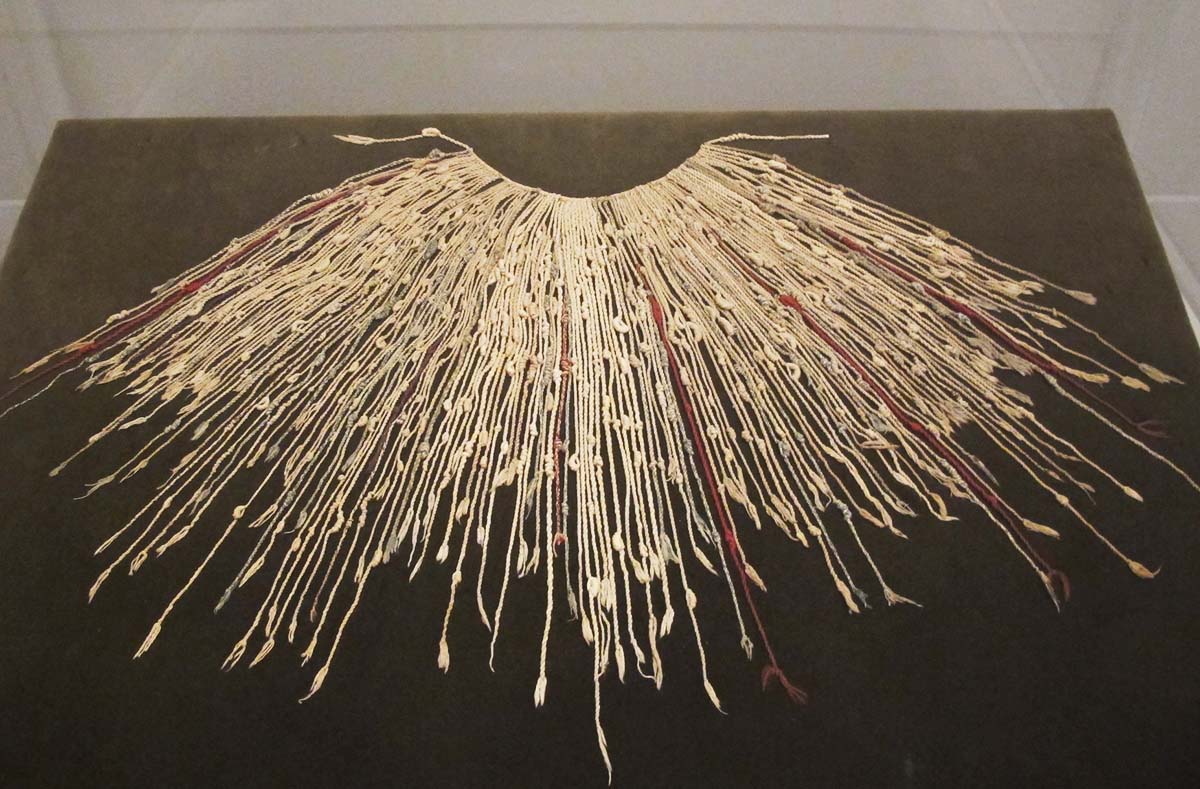
Unknown. Khipu (or Quipu), 1450–1532. Inka (or Inca)
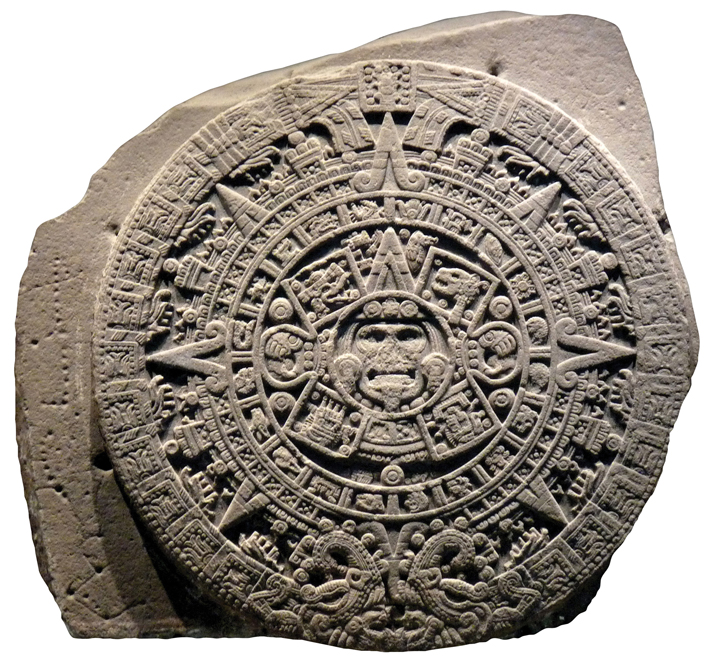
Unknown. Calendar Stone, from the Templo Mayor precinct, early sixteenth century. Aztec
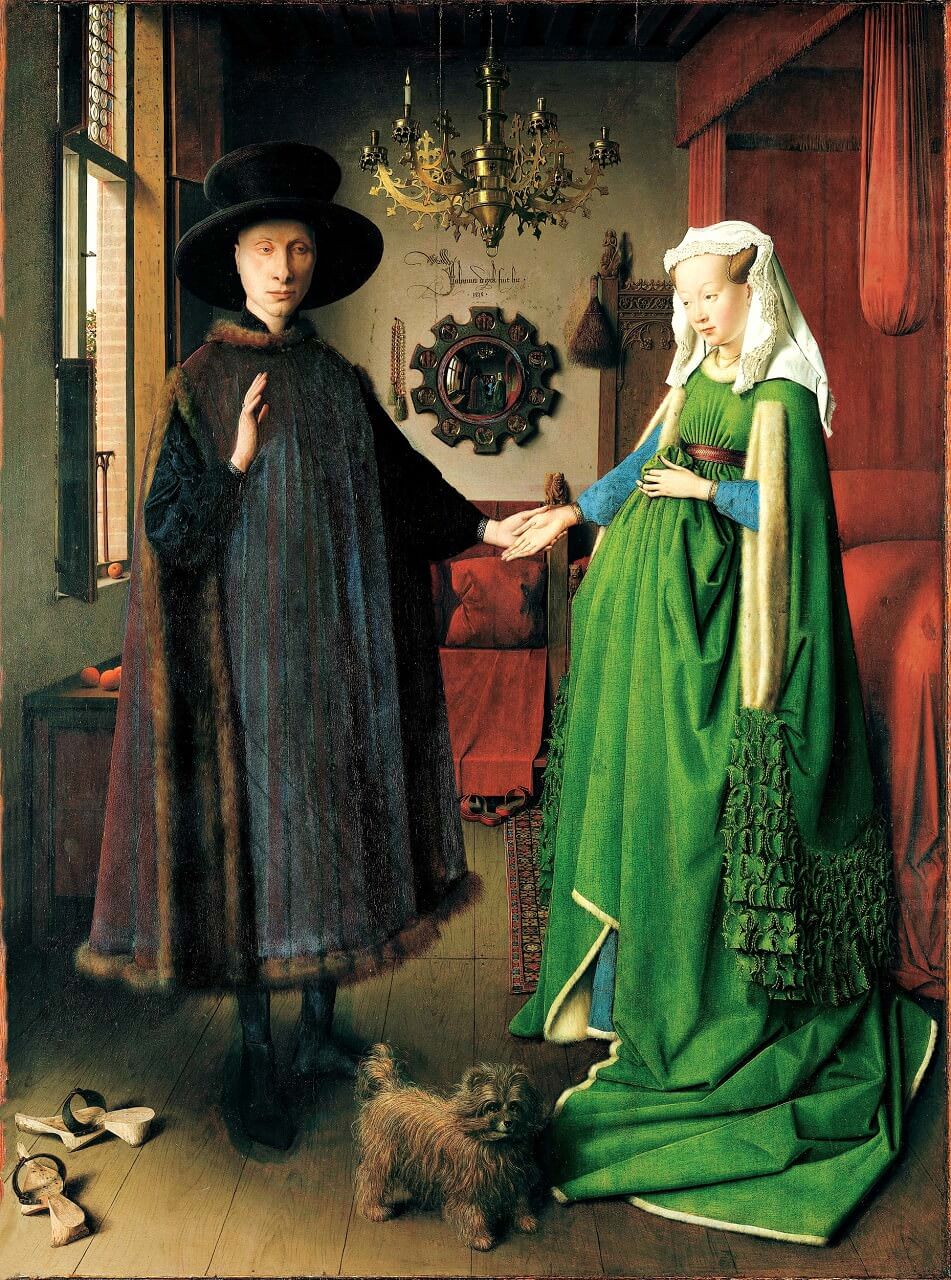
Jan van Eyck. Double Portrait of Giovanni Arnolfini and His Wife, 1434. Northern Renaissance
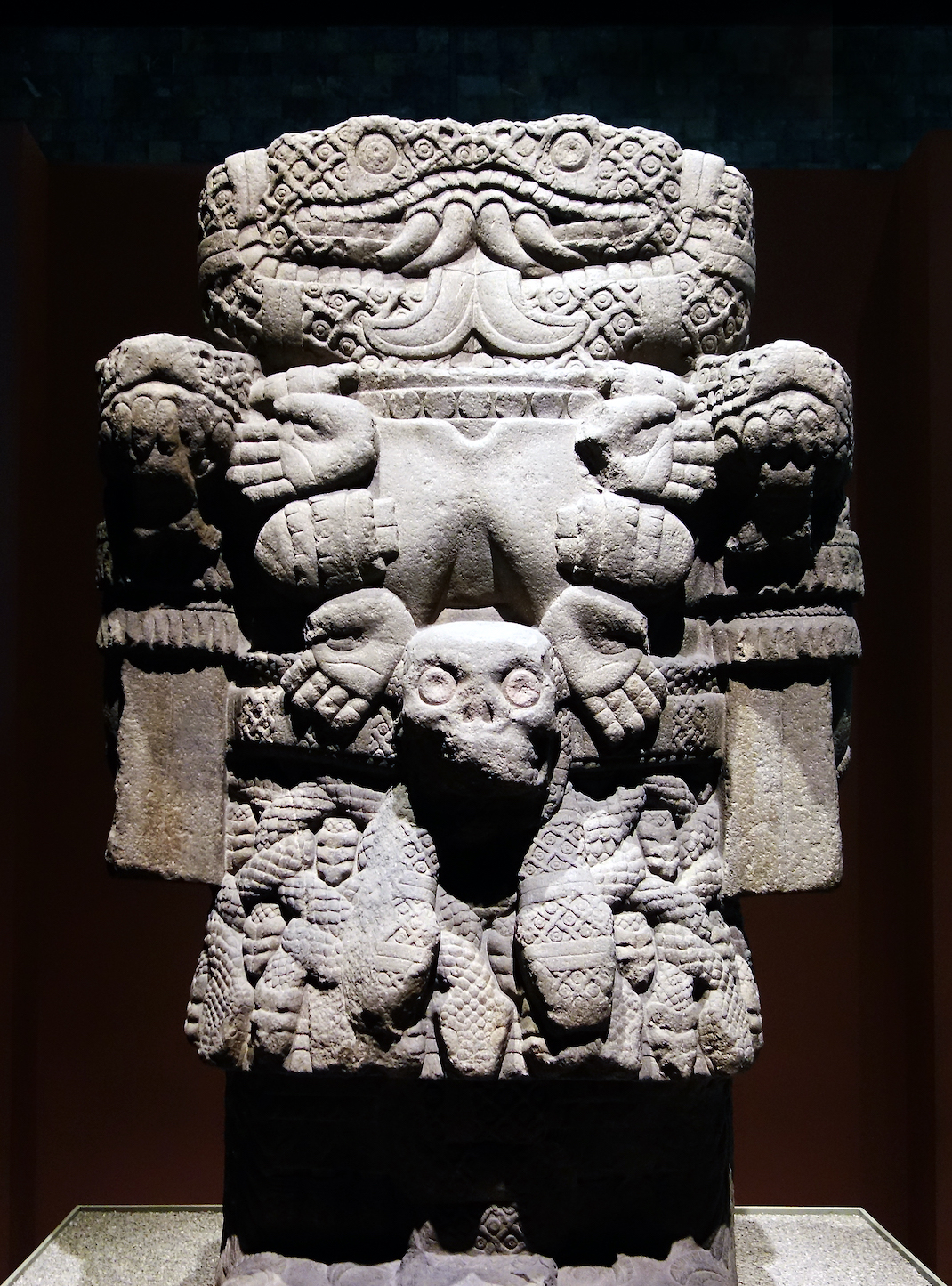
Unknown. Coatlicue, from the Templo Mayor precinct. Fifteenth to early sixteenth centuries. Aztec

Masaccio, Tribute Money, c. 1424. Italian Renaissance
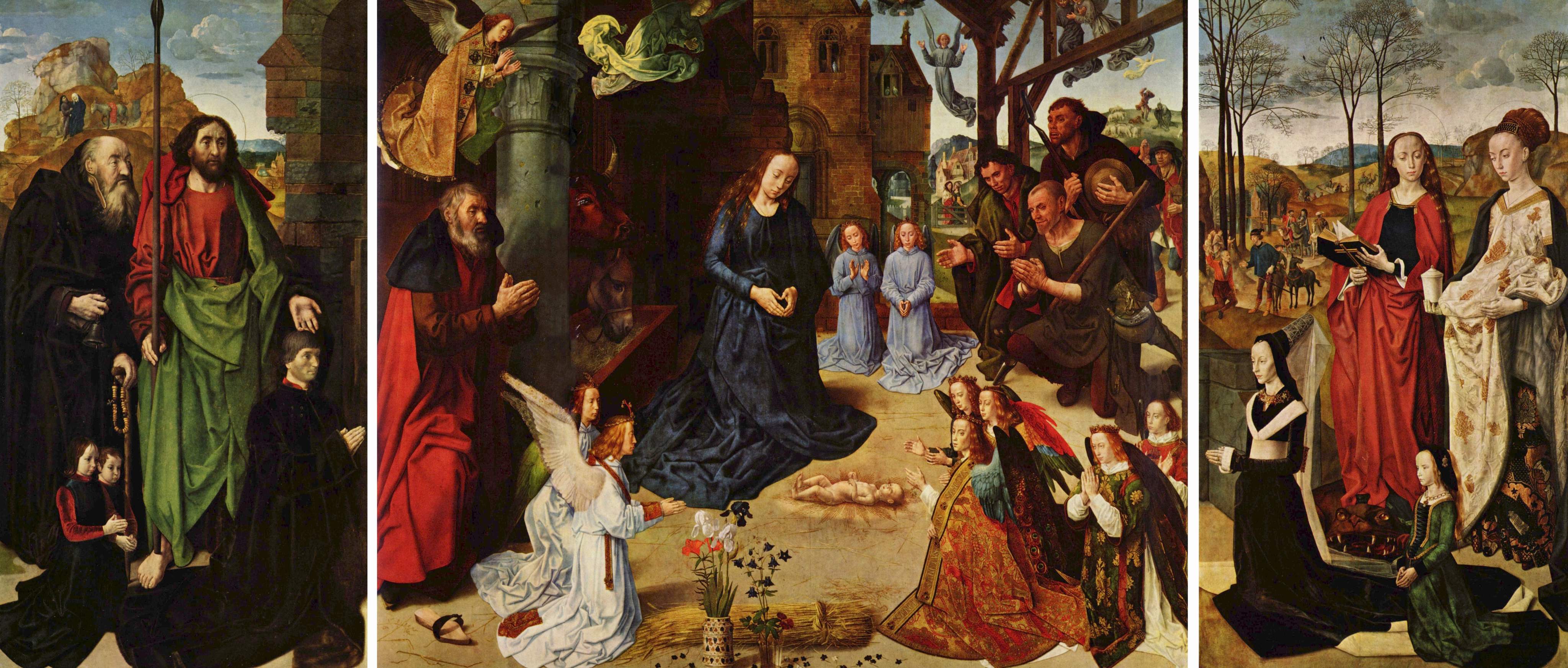
Hugo van der Goes. Portinari Altarpiece, c.1474-1476. Northern Renaissance
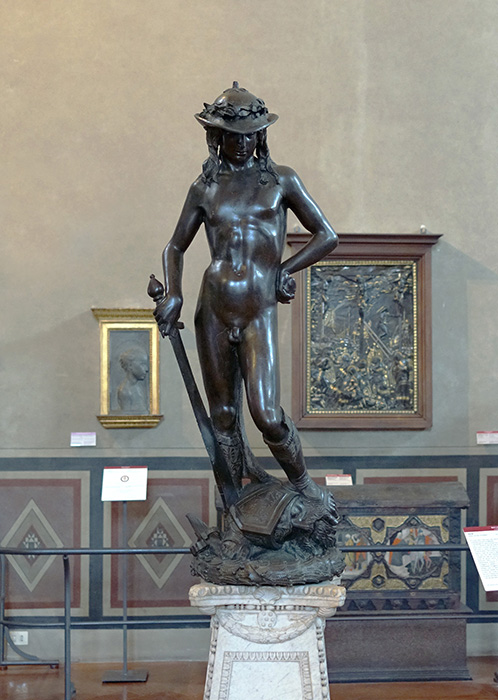
Donatello. David, c. 1446–1460. Italian Renaissance
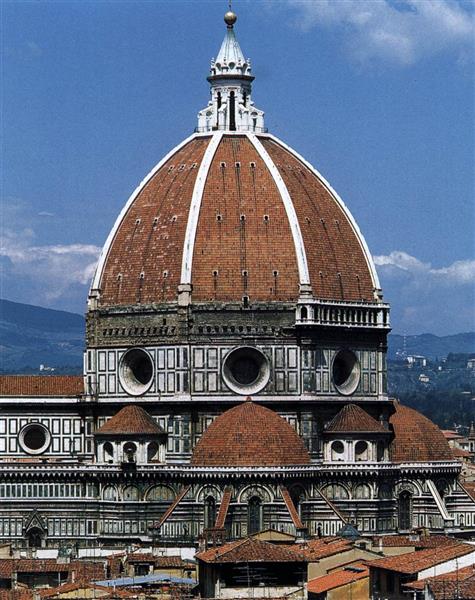
Filippo Brunelleschi. Dome of Florence Cathedral (Santa Maria del Fiore), 1420-1436. Italian Renaissance
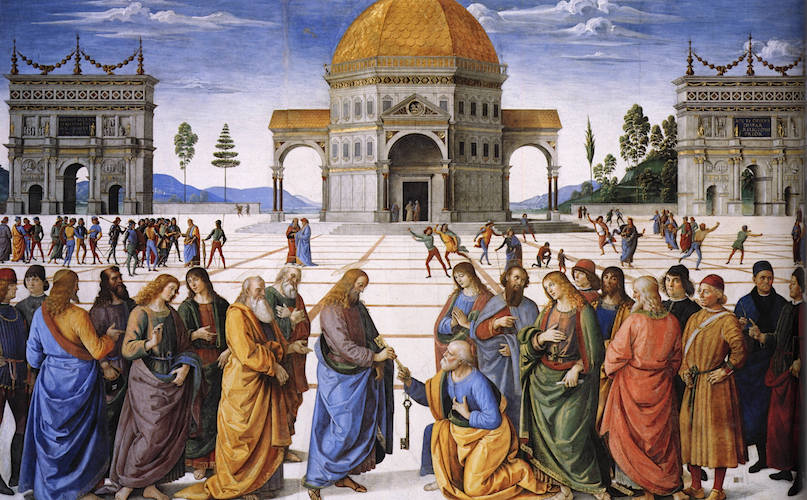
Perugino. Christ Giving the Keys to St. Peter, 1480–1482. Italian Renaissance
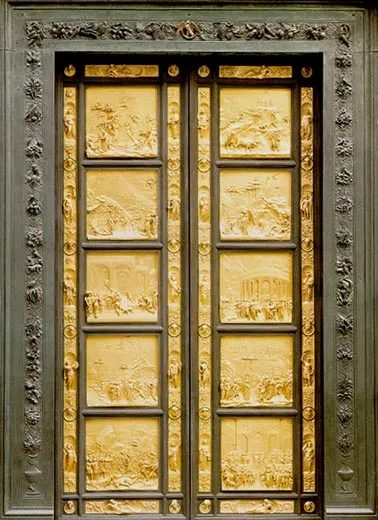
Lorenzo Ghiberti, Gates of Paradise (East Baptistery Doors), 1425-1452. Italian Renaissance
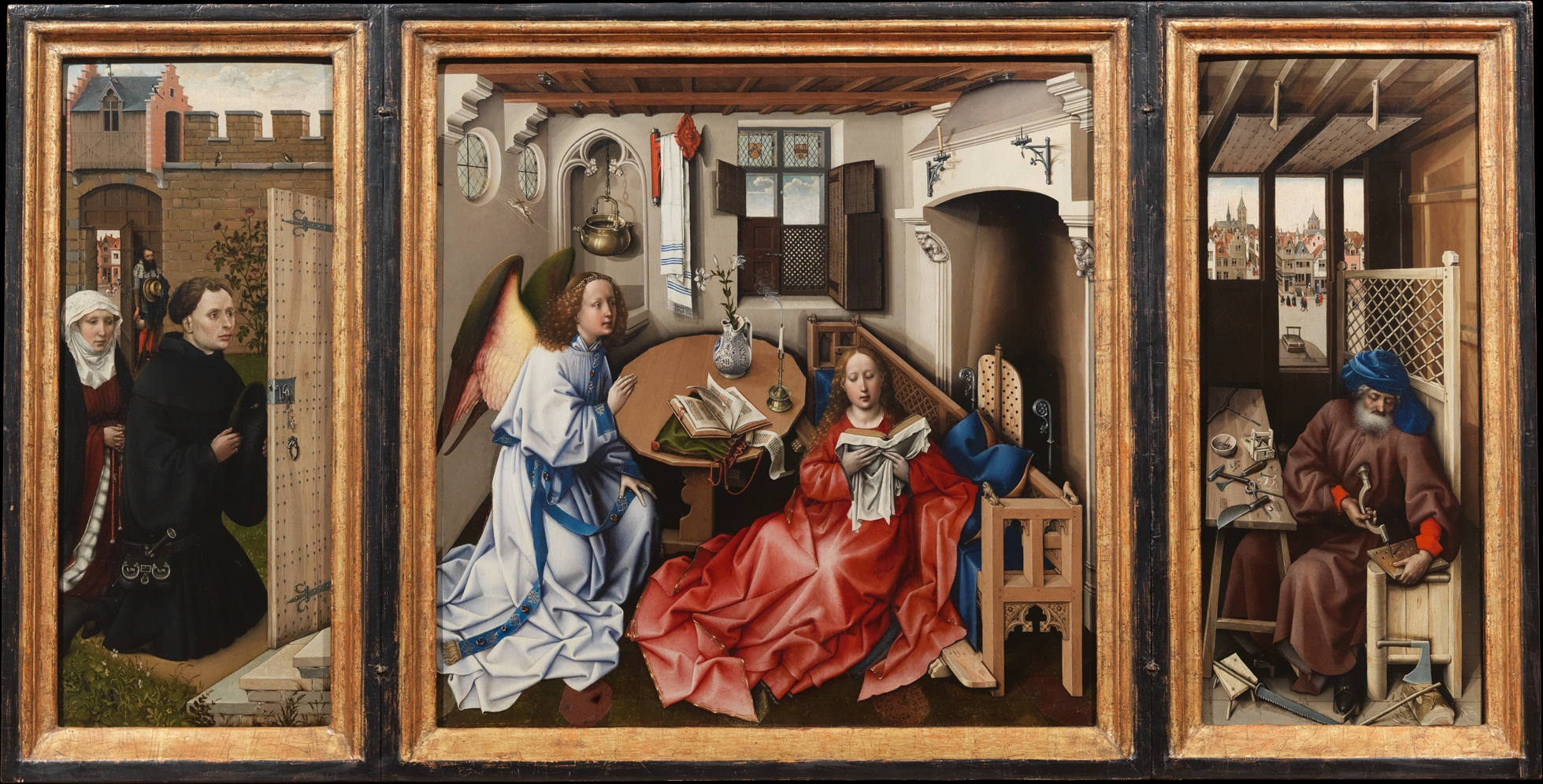
Workshop of Robert Campin, Annunciation Triptych (Mérode Altarpiece), c. 1427–32. Northern Renaissance
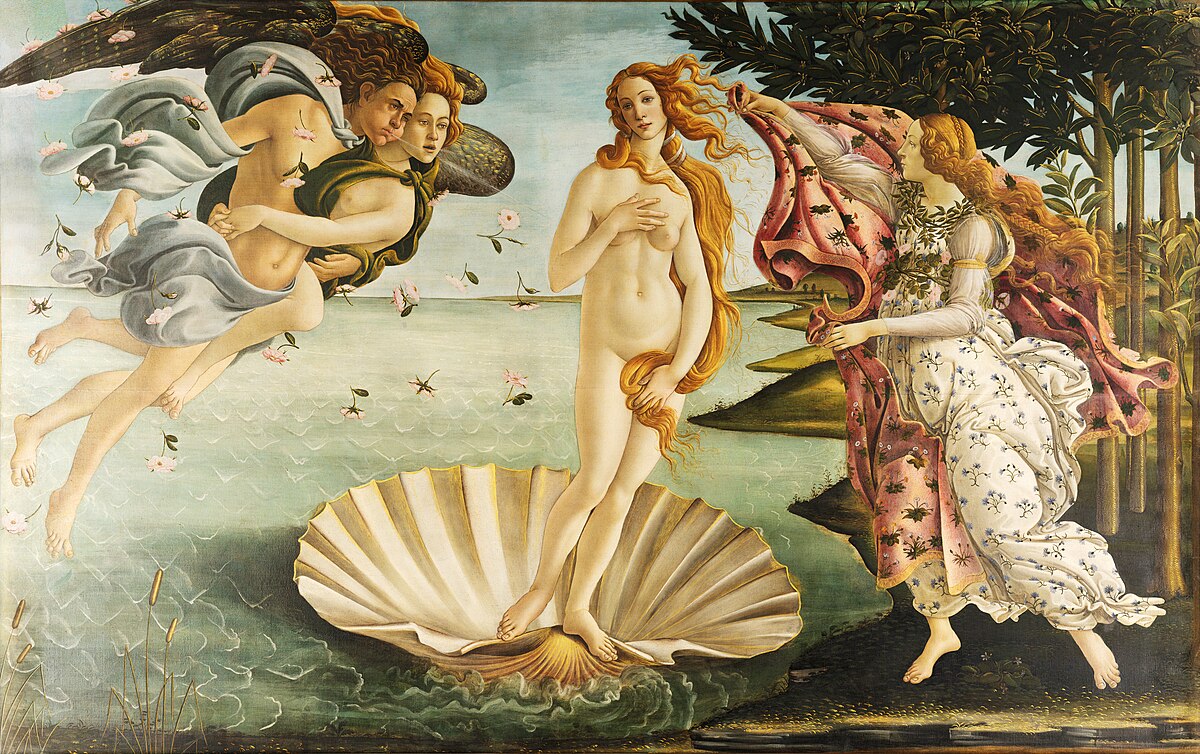
Sandro Botticelli, Birth of Venus, c. 1484–1486. Italian Renaissance
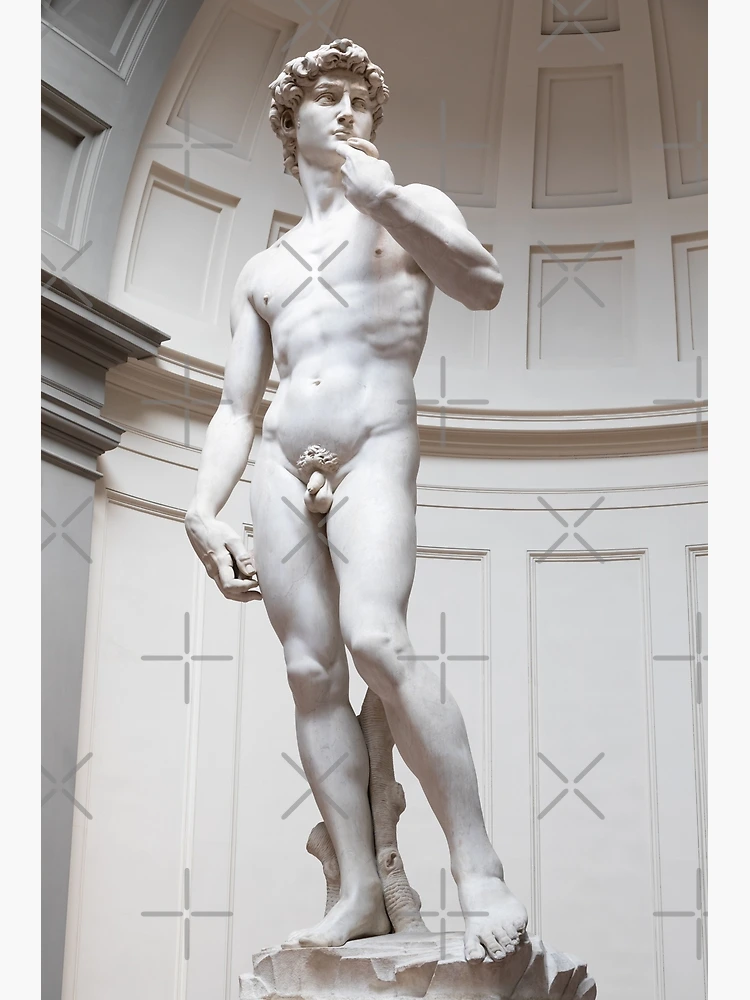
Michelangelo. David, 1501-1504 (Italian Renaissance/Italian High Renaissance)
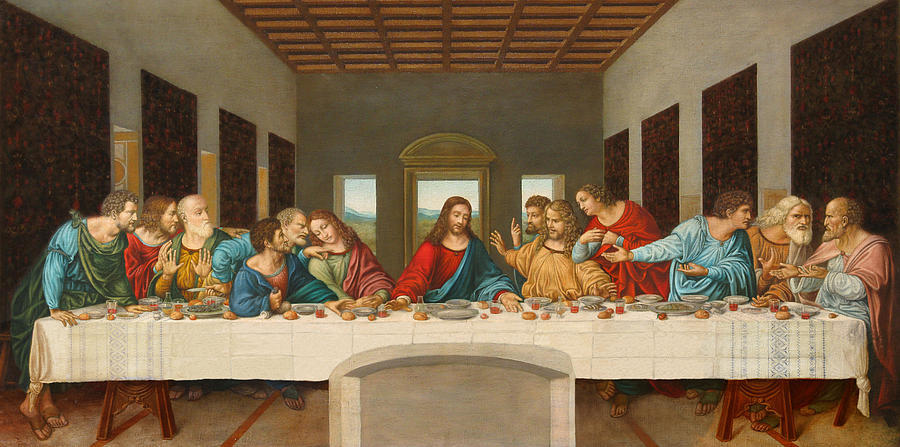
Leonardo da Vinci. The Last Supper, 1495-1498 (Italian Renaissance/Italian High Renaissance)
Renaissance
was a fervent period of European cultural, artistic, political and economic “rebirth” following the Middle Ages. Generally described as taking place from the 14th century to the 17th century, the Renaissance promoted the rediscovery of classical philosophy, literature and art.
City-states
an independent city — and sometimes its surrounding land — which has its own government, completely separate from nearby countries
EX:Florence, Milan, Venice, Naples, and Rome
Characteristics of Italian Renaissance art
Classicism, Light & shade, Perspective, Realism & expression, and Emphasis on the human body.
characteristics Northern Renaissance art
linear perspective, natural inspiration, realistic elements, oil paintings, wood, illumination, and religion,realistic altarpieces and portraits, exquisite brushwork, and popularization of prints
The Medici family
an Italian banking family and political dynasty that first consolidated power in the Republic of Florence under Cosimo de' Medici, during the first half of the 15th century.sponsorship of art and architecture, mainly early and High Renaissance art and architecture
Guilds
an association of craftsmen or merchants formed for mutual aid and protection and for the furtherance of their professional interests.controlled the economy of the arts and trades, mostly consisting of members who were skilled workers, including merchants, bankers, artisans, notaries
Rising Status of the Artist during the Renaissance
The Renaissance elevated the status of artists, from anonymous crafts workers to divinely talented individuals. The character of art patronage reflected this changing period. Before the Renaissance only the nobility and clergy functioned as patrons
Rising Status of the Artist during the Renaissance
The Renaissance elevated the status of artists, from anonymous crafts workers to divinely talented individuals. The character of art patronage reflected this changing period. Before the Renaissance only the nobility and clergy functioned as patrons
Contrapposto
figure stands with their entire body weight supported over one straight leg and lets their arms fall in opposite directions to create a natural-seeming twist in the torso
Importance of Classical antiquity for the Renaissance
Long the subject of antiquarian curiosity, ancient artifacts now became sources of potent creativity, firing artists with inspiration and a desire to emulate the achievements of the past
Atmospheric & linear perspective
Brunelleschi, Alberti, orthogonals, picture plane, horizon line, vanishing point
Depiction of three-dimensional space in a two-dimensional canvas
Overlapping, diminution of scale ,foreshortening, modeling, atmospheric perspective, linear perspective,cast shadows
Altarpieces
work of art that decorates the space above and behind the altar in a Christian church
Book of Hours
prayer book for the laity that developed in late medieval Europe and that was used for private devotion. These works were often personalized for individual patrons and illuminated with miniature paintings depicting the life of Christ, the Virgin Mary, and individual saints
Patronage Italian & Northern Renaissance
Unlike the Italian Renaissance where a few wealthy patrons, like the ruling Medici family in Florence or the Pope in Rome, commissioned most of the era's masterworks, the Northern Renaissance primarily produced art for a prosperous merchant class
David symbolism: political nature of artistic production in Florence
The Statue of David embodies the city of Florence, symbolizing independence and strength in the perfect image of youthful beauty. Michelangelo's David took on new meaning shortly after its creation as both a symbol of the Renaissance and a representation of the city itself.

Donatello’s David & Equestrian Statue of Gatamelatta
points importance on the miltary man, and first horse statue since antiquity
Baptistery
The liturgical space where the font is located for the celebration of baptism.
Condottieri
The leader of a medieval mercenary band of soldiers. Mercenaries flourished in the climate of economic prosperity and inter-municipal warfare of 14th- and 15th-century Italy
Media
Tempera(also known as egg tempera, is a permanent, fast-drying painting medium consisting of pigments mixed with a water-soluble binder medium, usually glutinous material such as egg yolk.) Oil paint, Fresco(a mural painting technique that involves painting with water-based paint directly onto wet plaster so that the paint becomes an integral part of the plaster)
Façade
the face of a building, especially the principal front that looks onto a street or open space.
Oculus
a round or eye-like opening or design, such as a circular window or an opening at the apex of a dome
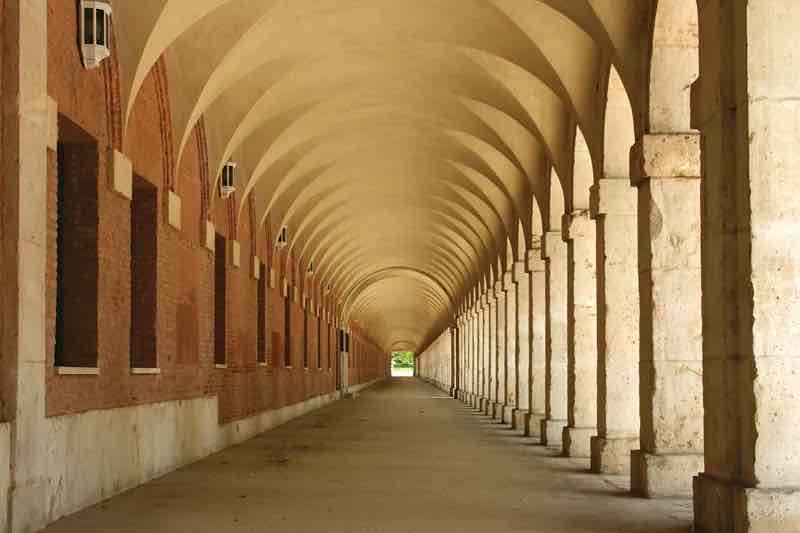
barrel vault
vault created from a single continuous archway
Parchment
an animal skin which has been prepared for writing or printing
Illuminated Manuscripts
Books that is supplemented with decorated initials with miniature illustrations
Tapestry
a heavy cloth that has designs or pictures woven into it and is used especially as a wall hanging
Aztec
geography, Templo Mayor, Tenochtitlan, human sacrifices, Coatlicue, Calendar Stone
Codex (singular)/Codices (plural)
an ancient book that is made of sheets of vellum, parchment, papyrus, or other materials, which are bound together and typically contain written text or images.
Screenfold book
the “books” of Mesoamerica were made from a single, very long sheet of skin or paper which was folded back and forth like an accordion
Inca
textiles: khipu, Tocapu tunic
High Renaissance characteristics & main artists
Donatello, Raphael, Michelangelo and Leonardo Da Vinci.
references to classical art and delicate application of developments from the Early Renaissance(such as on-point perspective). Overall, works from the High Renaissance display restrained beauty where all of the parts are subordinate to the cohesive composition of the whole
Leonardo da Vinci
Chiaroscuro
• Sfumato
• The Last Supper
Michelangelo David
More muscular, less about the story, adult, less clothes